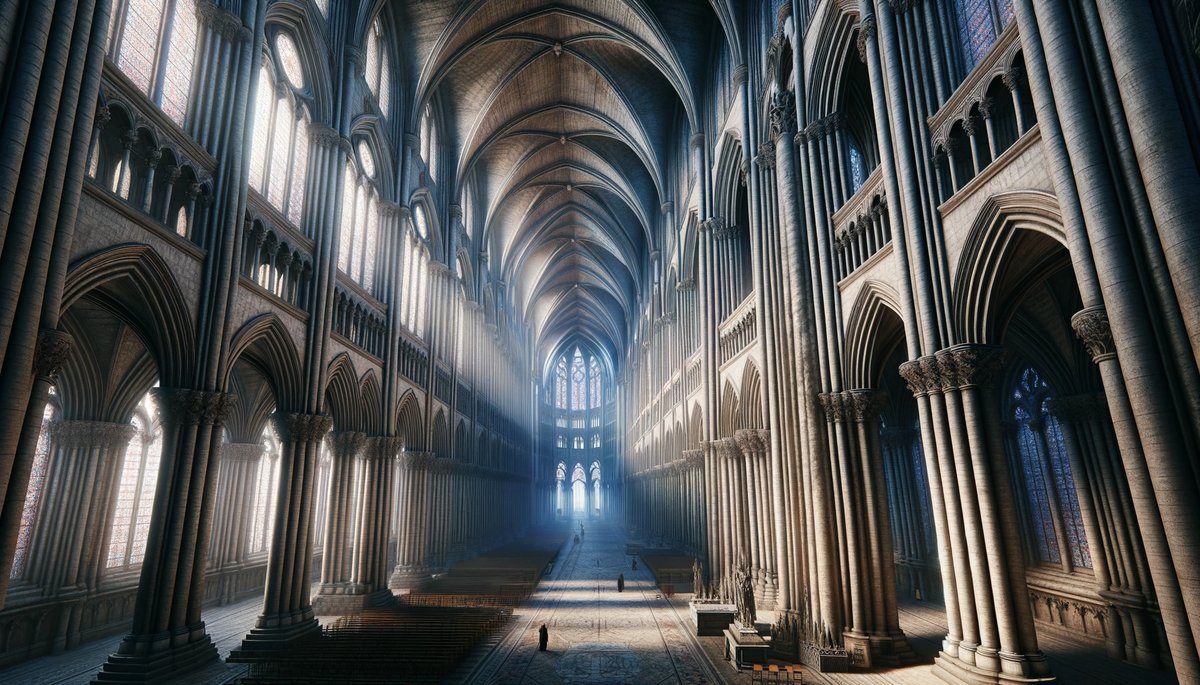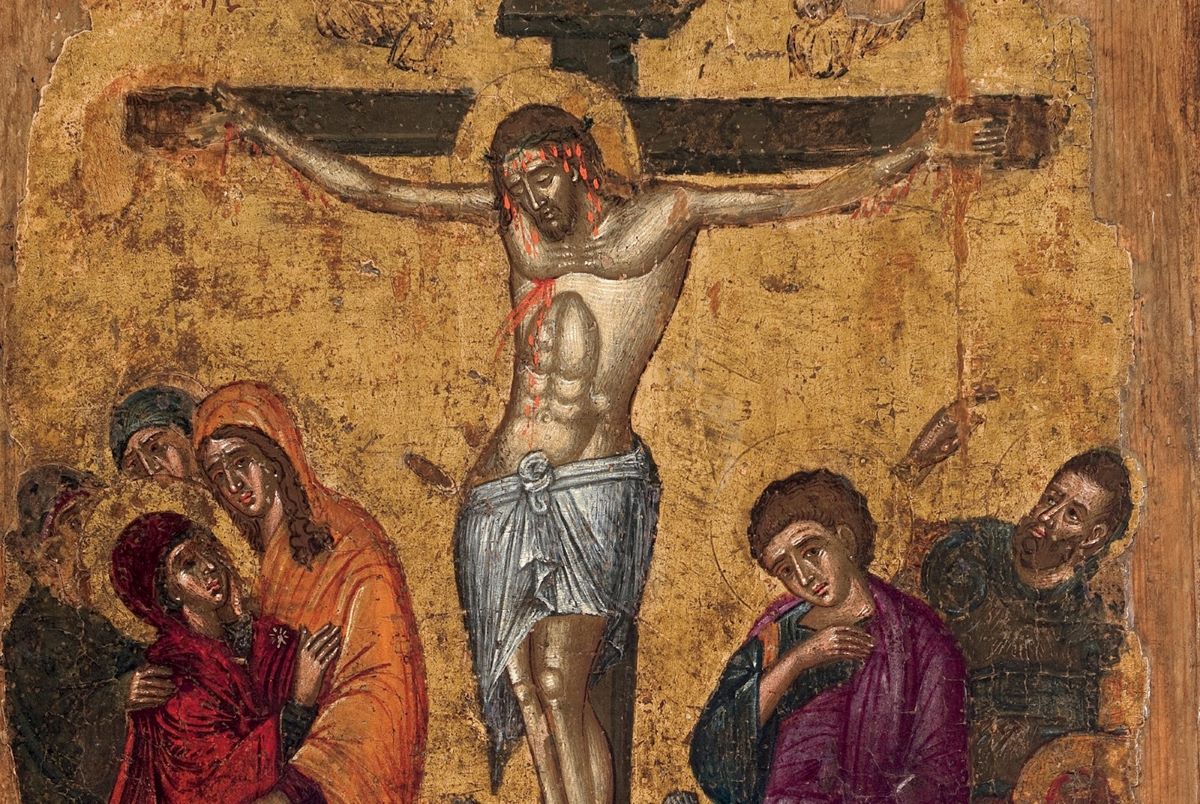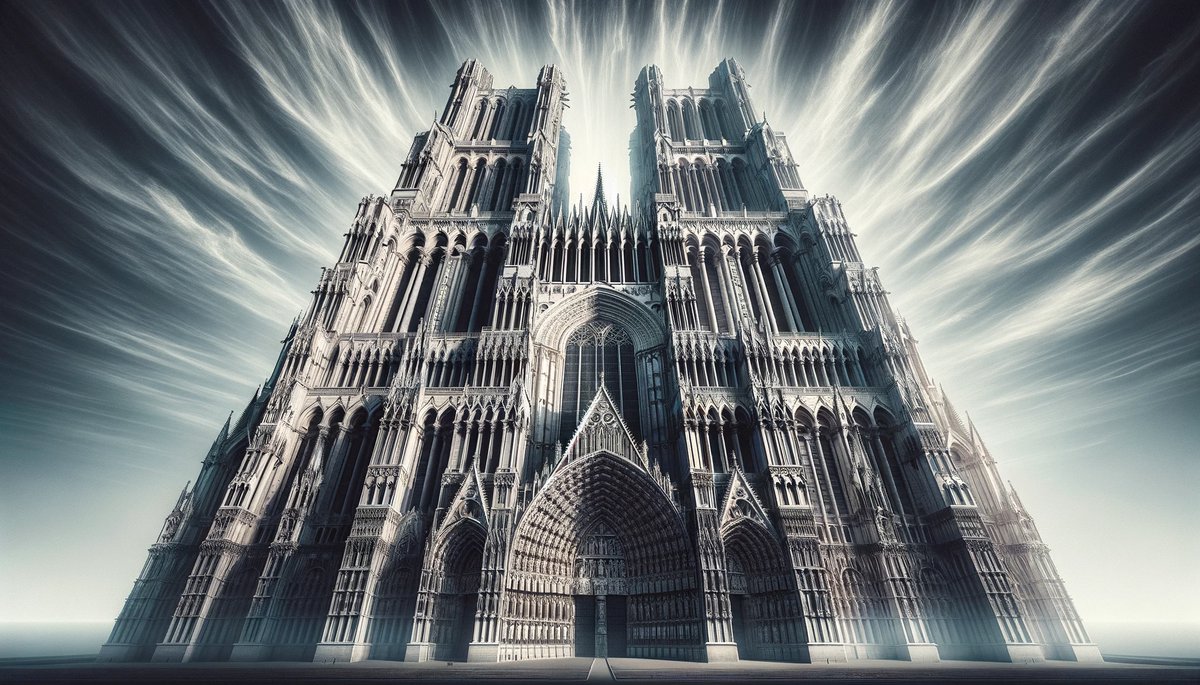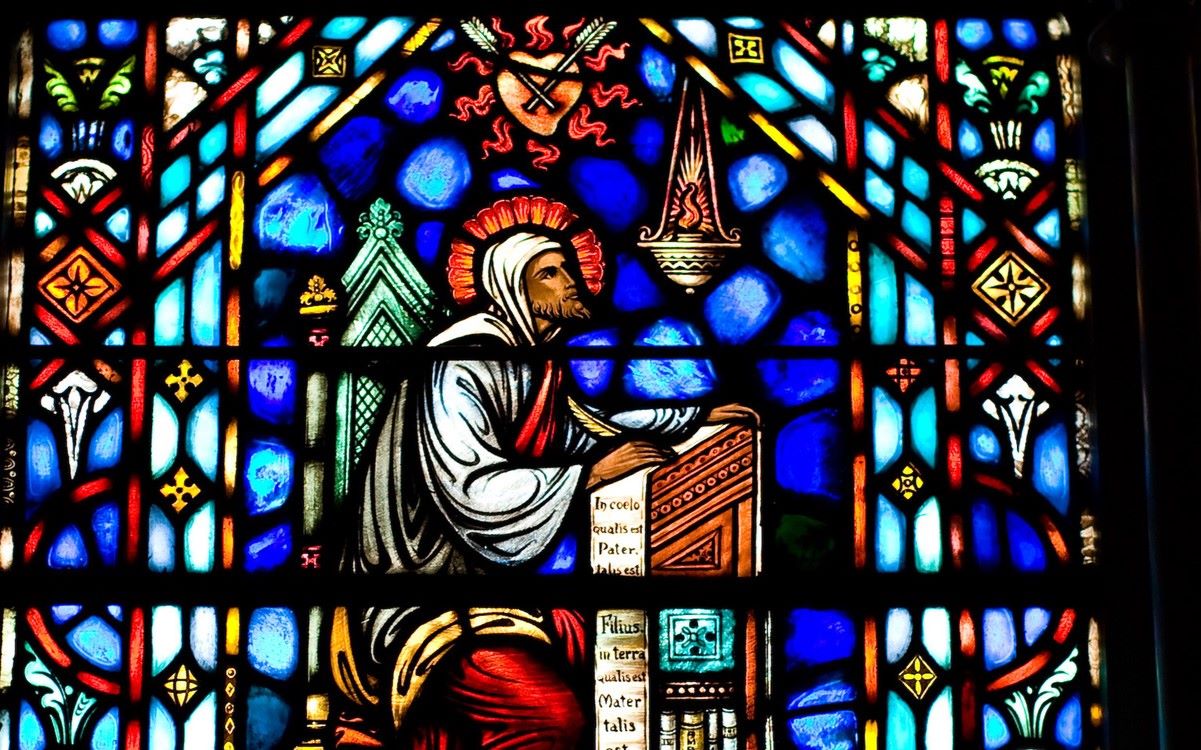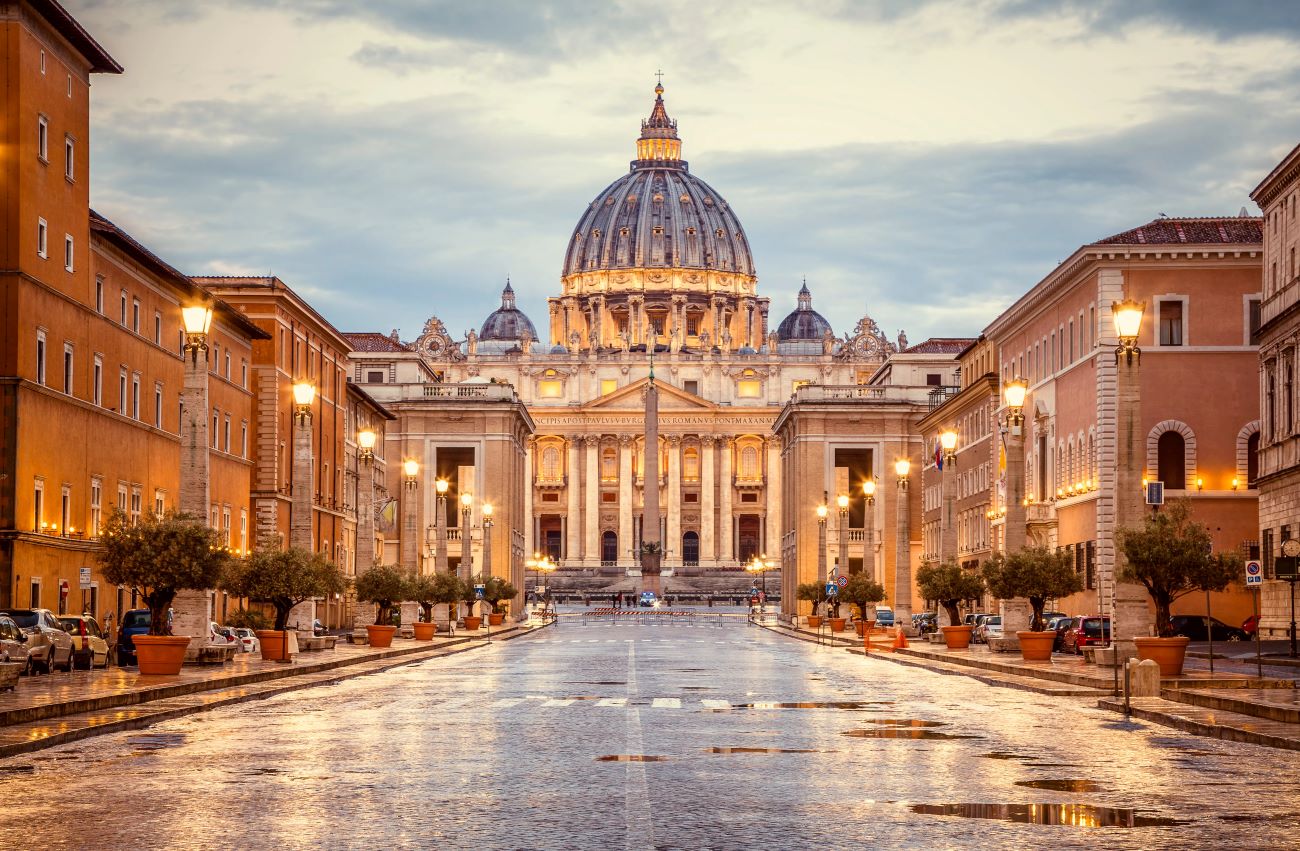Home>Arts and Culture>Why Was Amiens Cathedral Such An Important Building


Arts and Culture
Why Was Amiens Cathedral Such An Important Building
Published: February 16, 2024
Ericka Andersen, an editor at Christian.net, expertly merges digital strategy with content creation, focusing on faith and societal issues. Her communication skills enhance the platform's engaging narratives, fostering meaningful dialogue on belief's impact on society.
Discover the significance of Amiens Cathedral, a masterpiece of Gothic architecture, and its impact on arts and culture. Explore the history and importance of this iconic building.
(Many of the links in this article redirect to a specific reviewed product. Your purchase of these products through affiliate links helps to generate commission for Christian.net, at no extra cost. Learn more)
Table of Contents
Introduction
Amiens Cathedral, a magnificent Gothic masterpiece nestled in the heart of Amiens, France, stands as a testament to the ingenuity and artistry of medieval craftsmen. This awe-inspiring structure, often referred to as Notre-Dame d'Amiens, has captivated the hearts and minds of visitors for centuries, drawing them into its sacred embrace with its soaring spires and intricate façade.
As we delve into the rich history and significance of Amiens Cathedral, we will uncover the multifaceted layers that contribute to its enduring legacy. From its construction during a pivotal period in European history to its architectural and religious importance, this iconic edifice continues to inspire wonder and reverence.
Join us on a journey through time and space as we unravel the captivating story of Amiens Cathedral, exploring the historical, architectural, religious, and cultural dimensions that have solidified its place as a symbol of human achievement and spiritual devotion.
Read more: Why Was The Amiens Cathedral Built
Historical Context of Amiens Cathedral
The historical backdrop against which Amiens Cathedral emerged is a tapestry woven with the threads of medieval Europe's political, social, and religious dynamics. Construction of the cathedral commenced in 1220, a time when Gothic architecture was flourishing across the continent. This period, known as the High Middle Ages, witnessed a resurgence of urbanization and trade, fostering an environment ripe for ambitious architectural endeavors.
Amiens, a bustling hub of commerce and faith, served as an ideal setting for the grandeur of the cathedral. The project was propelled by a fervent desire to create a sacred space that would not only honor the divine but also showcase the wealth and influence of the city. The cathedral's construction was a monumental undertaking, spanning several decades and involving the collective efforts of skilled artisans, laborers, and clergy.
The cathedral's significance extended beyond its physical presence, as it symbolized the power and prestige of the Catholic Church in an era marked by religious fervor and spiritual devotion. Its construction coincided with the height of the Age of Faith, a period characterized by the widespread influence of Christianity and the fervent belief in the divine order.
Amiens Cathedral also bore witness to the tumultuous events of history, surviving wars, revolutions, and the passage of time. Its enduring resilience serves as a testament to the unwavering spirit of the people who labored to erect this monumental edifice, as well as the enduring legacy of human creativity and determination.
In essence, the historical context of Amiens Cathedral is deeply intertwined with the broader narrative of medieval Europe, reflecting the aspirations, beliefs, and aspirations of a bygone era. Its construction and evolution mirror the ebb and flow of human civilization, leaving an indelible imprint on the annals of history.
Architectural Significance of Amiens Cathedral
The architectural significance of Amiens Cathedral transcends mere physical grandeur; it embodies a profound testament to the innovative spirit and technical prowess of medieval builders. As one gazes upon its soaring spires, intricate carvings, and luminous stained glass windows, a narrative of artistic ingenuity unfolds, revealing the cathedral's enduring impact on the evolution of Gothic architecture.
The cathedral's awe-inspiring dimensions, including its soaring height and expansive interior space, exemplify the ambitious vision of its creators. Its innovative use of ribbed vaults and flying buttresses not only facilitated the construction of lofty ceilings and expansive windows but also contributed to the structural stability of the edifice. The intricate network of stone tracery, delicately interwoven to form the windows, bathes the interior in a kaleidoscope of ethereal light, creating an atmosphere of divine transcendence.
Moreover, the façade of Amiens Cathedral serves as a veritable gallery of medieval sculpture, featuring a rich tapestry of biblical narratives, allegorical figures, and ornate decorations. The intricate detailing of the sculptures, meticulously carved into the stone, reflects the skilled craftsmanship and artistic finesse of the era. Each sculpted figure and embellishment conveys a symbolic language, inviting visitors to decipher the spiritual and moral messages woven into the very fabric of the cathedral.
The architectural layout of the cathedral, with its meticulously planned nave, transept, and choir, reflects a harmonious fusion of spiritual symbolism and structural innovation. The rhythmic cadence of the interior space, accentuated by the play of light and shadow, evokes a sense of sacred order and contemplative tranquility. The cathedral's architectural design not only accommodates the rituals and ceremonies of the Catholic faith but also serves as a visual and spatial embodiment of divine majesty and human aspiration.
In essence, the architectural significance of Amiens Cathedral lies in its embodiment of the medieval worldview, where the earthly and the divine converged in a symphony of stone, light, and faith. Its enduring legacy continues to inspire architects, artists, and admirers alike, serving as a timeless testament to the transformative power of architectural innovation and spiritual expression.
Religious Importance of Amiens Cathedral
The religious importance of Amiens Cathedral transcends its role as a mere architectural marvel; it stands as a profound embodiment of spiritual devotion and divine reverence. From its inception, the cathedral was conceived as a sacred space dedicated to the glorification of God and the exaltation of Christian faith. Every facet of its design, from the soaring vaults to the intricate sculptures, was meticulously crafted to inspire awe and reverence in the hearts of worshippers.
At the heart of the cathedral lies its function as a place of worship and pilgrimage, drawing countless faithful to partake in the sacraments, seek solace in prayer, and pay homage to the divine. The grandeur of the interior, adorned with radiant stained glass windows and ornate altars, creates an atmosphere of transcendent beauty, inviting worshippers to immerse themselves in the divine presence. The cathedral's acoustics, designed to amplify sacred music and liturgical chants, further elevate the spiritual experience, enveloping visitors in a symphony of devotion.
Moreover, Amiens Cathedral serves as a custodian of religious tradition and sacred relics, preserving the spiritual heritage of the Christian faith. Its hallowed halls enshrine revered artifacts and relics, serving as tangible links to the hallowed past and inspiring pilgrims to deepen their connection to the divine. The cathedral's role as a repository of religious art and iconography further reinforces its significance as a sanctuary of faith, where the visual language of sacred imagery communicates profound theological truths and moral teachings.
The cathedral's calendar of liturgical celebrations and religious observances continues to uphold the rhythms of the Christian calendar, marking the passage of time with sacred rituals and communal worship. The celebration of feasts, processions, and religious ceremonies within the cathedral's sacred precincts fosters a sense of spiritual continuity, linking contemporary worshippers to the timeless traditions of their faith.
In essence, the religious importance of Amiens Cathedral extends far beyond its physical dimensions; it embodies the spiritual aspirations and collective devotion of generations of believers. As a living testament to the enduring power of faith, the cathedral continues to beckon pilgrims and worshippers, offering a sacred haven where the human spirit communes with the divine in a timeless dance of devotion and transcendence.
Cultural Impact of Amiens Cathedral
The cultural impact of Amiens Cathedral reverberates far beyond its religious significance, permeating the realms of art, literature, and collective imagination. Since its inception, the cathedral has served as a muse for countless artists, inspiring awe and reverence through its majestic presence and intricate detailing. Its soaring spires and luminous stained glass windows have been immortalized in paintings, poems, and musical compositions, transcending the confines of physical space to become enduring symbols of human creativity and spiritual aspiration.
The cathedral's influence extends to the realm of architectural innovation, shaping the trajectory of Gothic architecture and influencing the design of subsequent cathedrals and churches. Its innovative use of ribbed vaults, flying buttresses, and expansive interior spaces set a precedent for future architectural endeavors, leaving an indelible mark on the evolution of sacred architecture. Architects and builders, both past and present, have looked to Amiens Cathedral as a paragon of structural ingenuity and aesthetic grandeur, drawing inspiration from its timeless design principles.
Moreover, the cathedral has served as a focal point for communal gatherings and cultural celebrations, hosting a myriad of events that reflect the vibrancy of local traditions and artistic expression. From sacred processions and religious festivals to choral performances and artistic exhibitions, the cathedral has provided a backdrop for the convergence of diverse cultural expressions, fostering a sense of collective identity and shared heritage. Its role as a cultural nexus has woven it into the fabric of community life, serving as a testament to the enduring resonance of human creativity and communal spirit.
Furthermore, the cathedral's preservation of religious art and historical artifacts has contributed to the enrichment of cultural heritage, offering visitors a glimpse into the artistic and spiritual legacy of the medieval era. Its treasury of sacred relics, illuminated manuscripts, and religious artworks serves as a living testament to the artistic achievements and spiritual devotion of past generations, inviting contemporary audiences to engage with the cultural tapestry of the medieval world.
In essence, the cultural impact of Amiens Cathedral transcends temporal and spatial boundaries, weaving together the threads of artistic inspiration, architectural innovation, and communal celebration. Its enduring legacy continues to resonate in the hearts and minds of individuals, serving as a beacon of cultural heritage and artistic excellence that transcends the passage of time.
Read more: Why Is The Notre Dame Cathedral Important
Conclusion
In conclusion, Amiens Cathedral stands as a testament to the collective ingenuity, faith, and artistic brilliance of medieval Europe. From its origins in a pivotal era of Gothic architecture to its enduring impact on religious devotion and cultural expression, the cathedral embodies the timeless interplay of human aspiration and divine transcendence. Its soaring spires, luminous stained glass, and intricate sculptures continue to inspire wonder and reverence, inviting visitors to embark on a journey through the annals of history and the depths of spiritual devotion.
As we reflect on the historical, architectural, religious, and cultural dimensions of Amiens Cathedral, we are reminded of its enduring significance as a symbol of human achievement and spiritual devotion. The cathedral's architectural innovation has left an indelible mark on the evolution of sacred architecture, shaping the trajectory of Gothic design and inspiring generations of builders and artists. Its role as a place of worship and pilgrimage continues to draw countless faithful, offering a sanctuary where the human spirit communes with the divine in a timeless dance of devotion and transcendence.
Furthermore, the cultural impact of Amiens Cathedral extends far beyond its physical confines, permeating the realms of art, literature, and communal celebration. Its influence as a muse for artists and a focal point for cultural gatherings underscores its role as a living testament to the enduring resonance of human creativity and communal spirit. The cathedral's preservation of religious art and historical artifacts enriches our understanding of the artistic and spiritual legacy of the medieval era, inviting contemporary audiences to engage with the cultural tapestry of the past.
In essence, Amiens Cathedral transcends the boundaries of time and space, inviting us to contemplate the enduring legacy of human creativity, faith, and cultural expression. As it continues to stand as a beacon of architectural innovation and spiritual devotion, the cathedral beckons us to ponder the profound interplay of the earthly and the divine, inspiring us to embrace the timeless pursuit of beauty, faith, and communal celebration.
